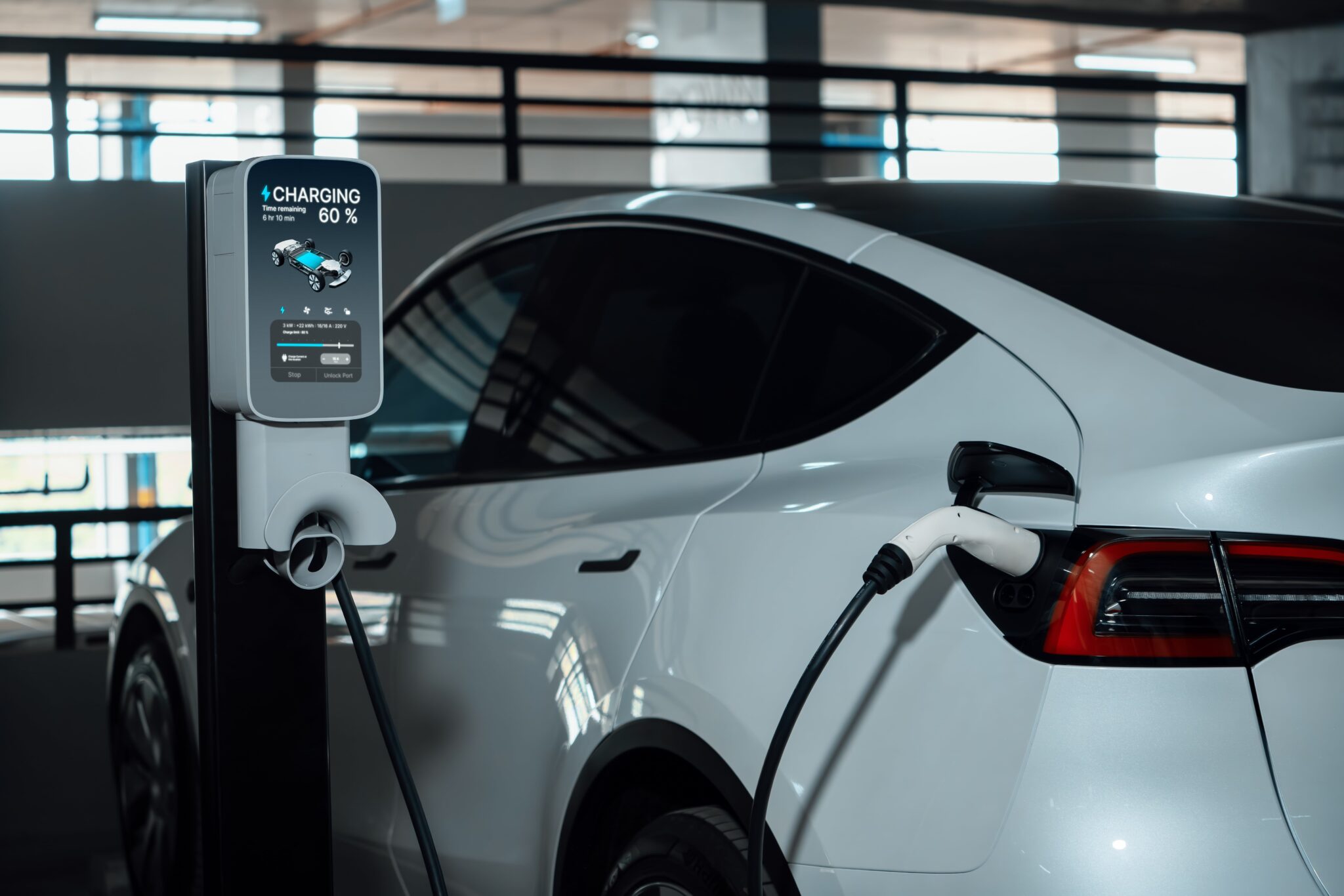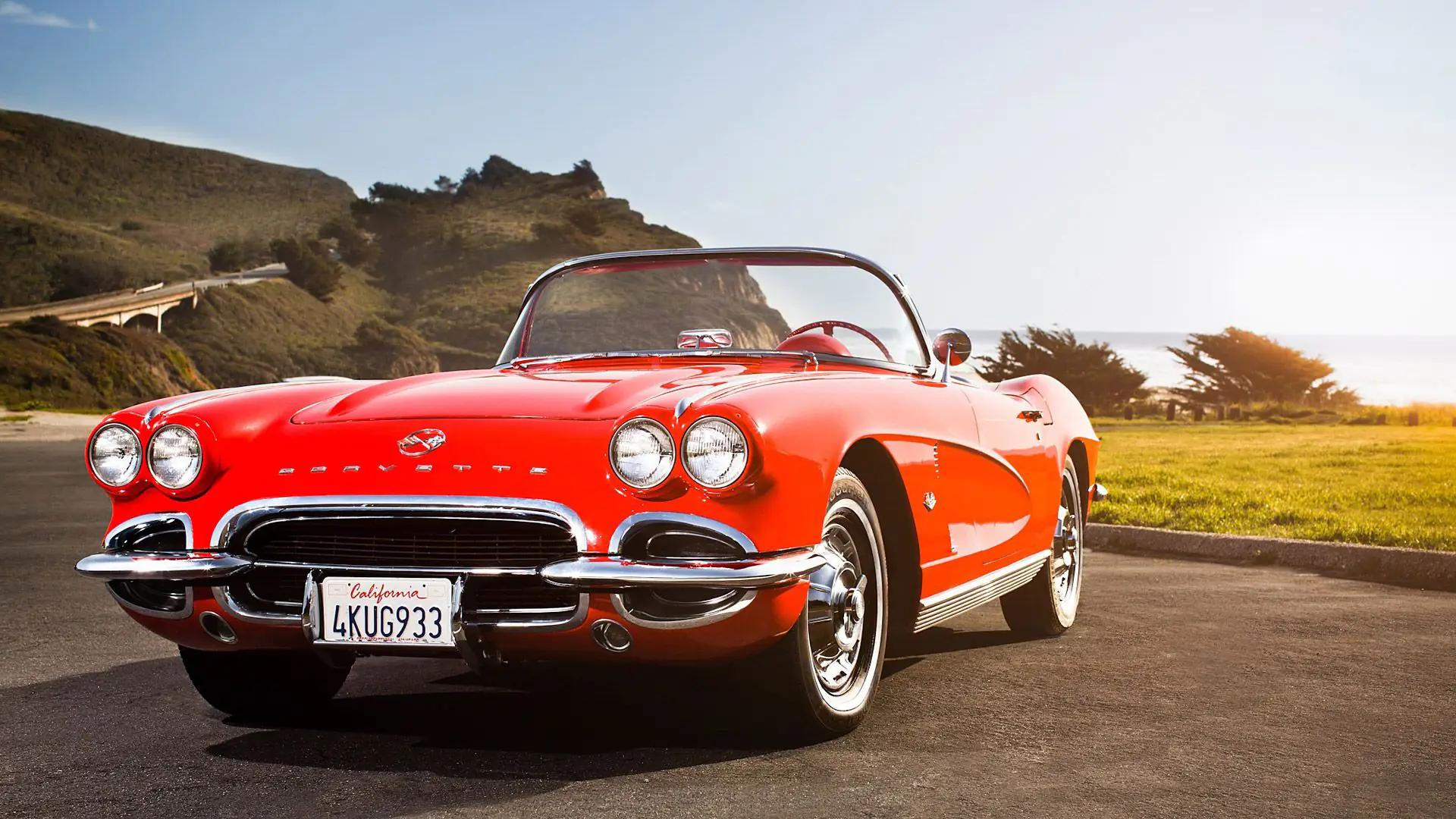The automotive industry is an economically significant attribute and is currently amid new technologies and innovations. Customers’ desire for one-of-a-kind and expensive features are also positively impacting the automotive industry towards the modern era. Nonetheless, the traditional business model of designing, manufacturing, selling, servicing, and financing vehicles is an equally essential part of the process.
Firstly, specialists of the industry expect that future automobiles will use a variety of power sources. Even now, electric vehicles account for a growing share of new model sales, and companies are constantly working on developing new technologies such as fuel cells. However, conventional combustion engines will continue to power a large proportion of the driven vehicles.
Second, as autonomous vehicles navigate roads, connected systems will cause people to play a lower role in driving cars. Scientists also expect that the diminution of human participation in the driving process will lower the accidents’ number and free up people’s schedules.
Furthermore, there will be a growing trend of less emphasis on owning automobiles. Many industries, including the automotive one, are embracing the sharing culture. Customers in major cities will place a greater focus on shared car mobility functions.
The mentioned changes will cause the manufacturers to meet some new challenges. Companies might start to produce less-complex battery power, which, combined with improvements in design and manufacturing, will make vehicles more robust. As a result, we would need to replace the components less frequently. The rise of battery power and digital driving systems will allow new and established automotive players to gain market share. The modifications in trade barriers will also motivate the automakers to base production in local regions where the vehicles sell.
These distinctions will redefine the operations that support the automobile sector. Automakers will need to collaborate with new digital firms in addition to traditional suppliers. As rival automakers share more components, such as electric powertrains and vehicle platforms, operations will become considerably simple.
Nevertheless, the primary focus would remain on the consumers and the products the manufacturers make for them. The following are some of the strategies that members of the automotive industry might employ to strike a balance between constant innovation and profitability.
The Characteristics of the New Customers
Until recently, customers mostly had chosen a single car to meet a variety of needs. Mobility requirements such as commuting, business trips, and family errands influenced the decision. Drivers with fewer budget constraints, on the other hand, could select a model that was more enjoyable to drive while also conferring social status.
Many customers will want to get from point A to point B, and they might lack the emotional connection with the vehicles. They might want to travel from an abroad city’s train station or airport to a business meeting, buy furniture, or take a trip to the beach or mountains on occasion. Though current customers may select a model that can meet all of these requirements, the car user of the future will seek the best solution for each task. Depending on the local options, this could include a ride-hailing service, taxi, rental car, car-sharing service, public transportation – or, of course, their car.
Despite the mentioned changes in perspective, traditional car ownership would not vanish from the industry. In every generation, there will always be car enthusiasts who prefer the speed and the comfort of their vehicles.
Read about the Fastest Cars in the World
Technological Modifications
Specialists expect technological improvements and shifts in the modular design of the auto-making process. It will enable the manufacturers to work on large numbers of variants around a single platform and in a single plant, increasing flexibility and reducing overcapacity. A similar concept will apply to infotainment systems that may start using standard displays, operating systems, software layers, input devices, etc. They might also add additional functionalities in safety systems, with progress in braking, steering, crash protection, and advanced driver-assistance systems.






